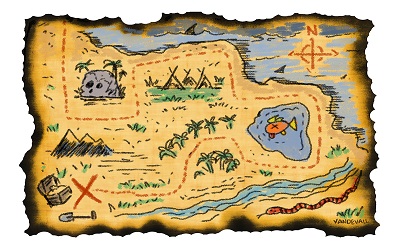PTE考生目前最大的问题之一就是练习题缺乏。除了有限的基本官方书(PLUS,Testbuilder, OG)之外,就没有题了。很多英语基础不是很扎实的同学很难找到练习材料。墨尔本文波雅思PTE培训学校专门为墨尔本,悉尼PTE考生准备了适合PTE听力阅读练习的科学60秒。各位PTE同学可以练习PTE听力中的summarise spoken text和PTE口语中的retell lecture,PTE听力口语-科学60秒-Frosty Moss练习记笔记技巧和复述。废话少说,下面开始:
听力内容:
60秒科学节目(SSS)是科学美国人网站的一套广播栏目,英文名称:Scientific American – 60 Second Science,节目内容以科学报道为主,节目仅一分钟的时间,主要对当今的科学技术新发展作以简明、通俗的介绍,对于科学的发展如何影响人们的生活环境、健康状况及科学技术,提供了大量简明易懂的阐释。
Carl Sagan once referred to our home planet as a mote of dust suspended in a sunbeam.”
And that poetic description holds true for a lot of exoplanets, too.
In fact one of the simplest ways we detect exoplanets is by looking at their sunbeam…andmeasuring how it dims, ever so slightly, as the exoplanet passes across it, called a transit.
Which raises an interesting question:
“Thinking about extraterrestrial observers—which of them would observe the Earth, movingacross our own sun?”
Ralph Pudritz, a theoretical astrophysicist at McMaster University in Canada.
He and his colleague Rene Heller quantified the narrow band of space from which anyobservers on other worlds would be able to see the Earth transiting the sun.
And they determined that this line of sight would be a plane just half a degree thick,but thatcuts through a slice of our galaxy that’s estimated to contain 100,000 sunlike stars… alongwith their companion planets.
The analysis is in the journal Astrobiology.
Pudritz and Heller suggest that hunters of extraterrestrial life may want to listen particularlyclosely for signals originating at star systems within that narrow band of galactic sky.
They say that advanced civilizations there may have already detected us using the transitmethod, and may now be sending us a message.
You might think of this paper, then, like a treasure map, for intelligent life.
“We don’t know if there’s treasure out there of course, right?
You never know that about a treasure map.
But it’s a good place to look.”





